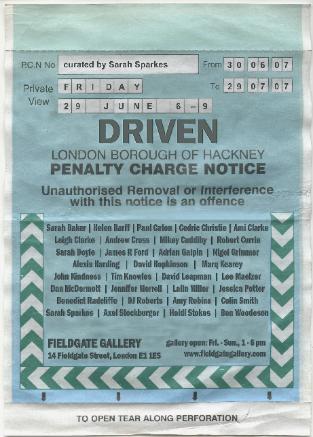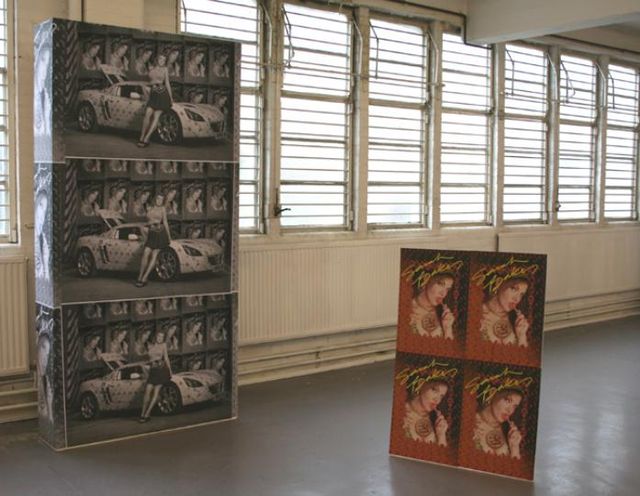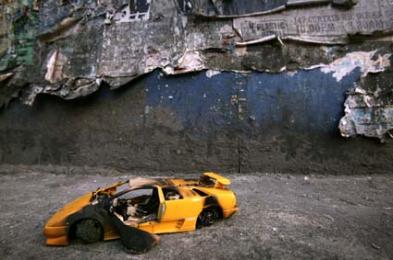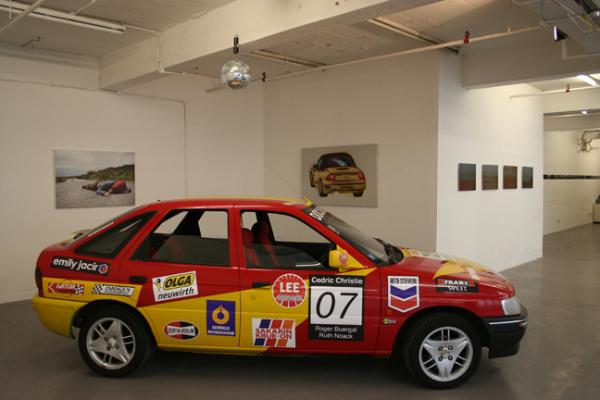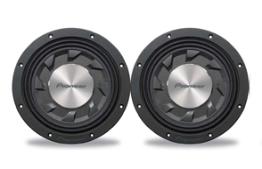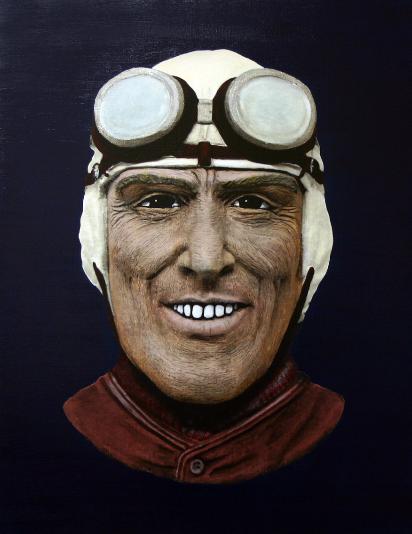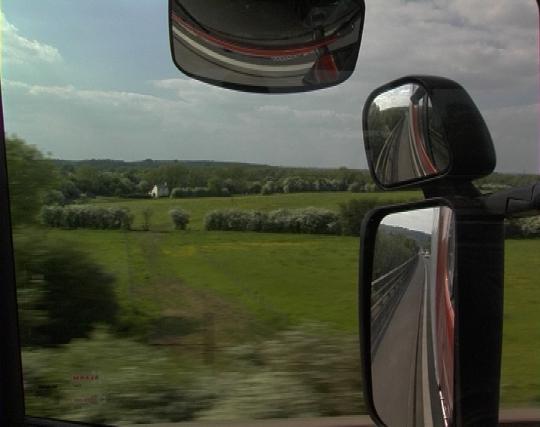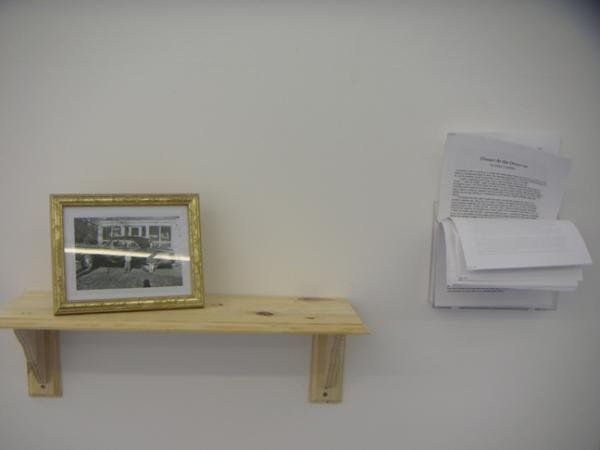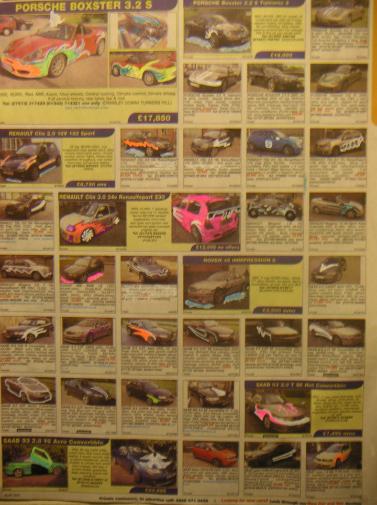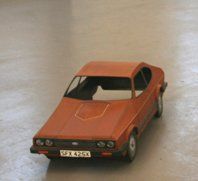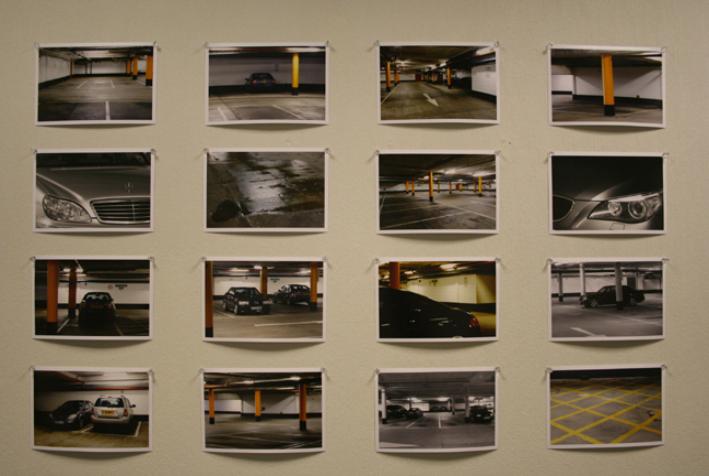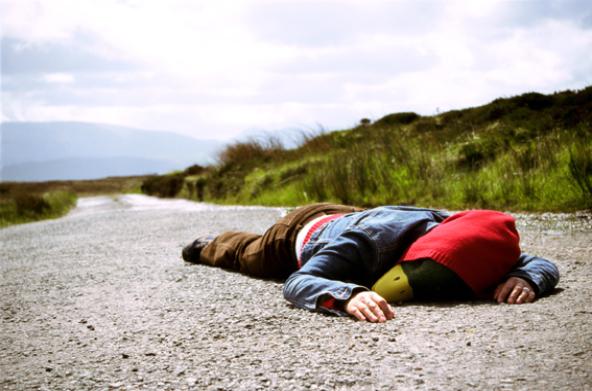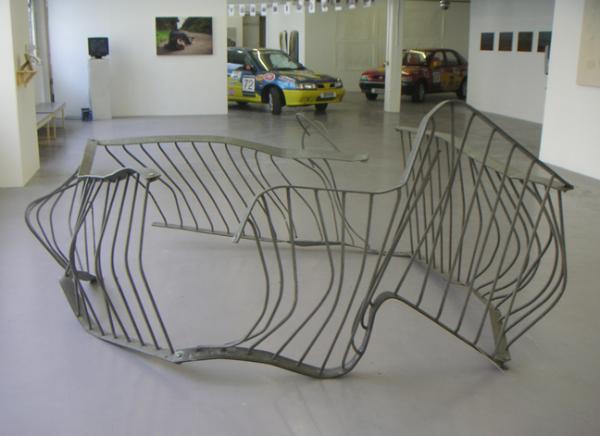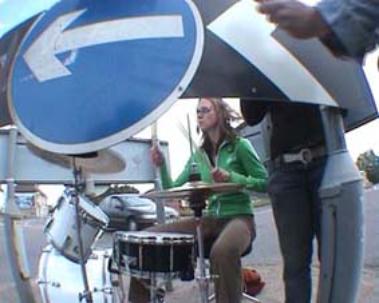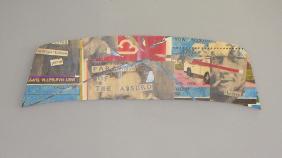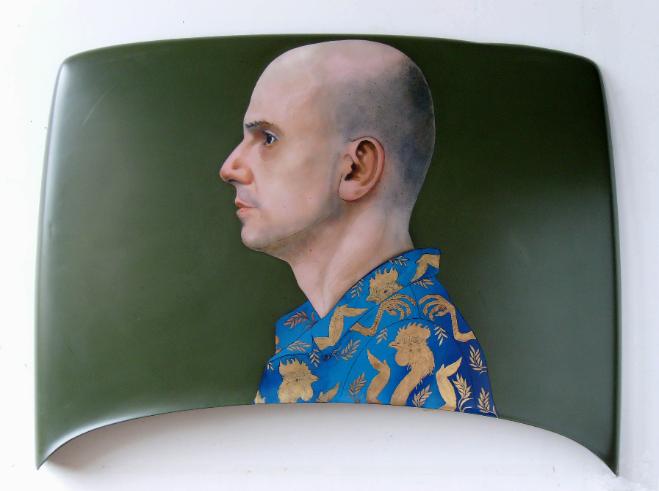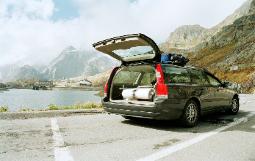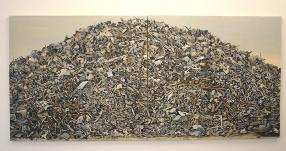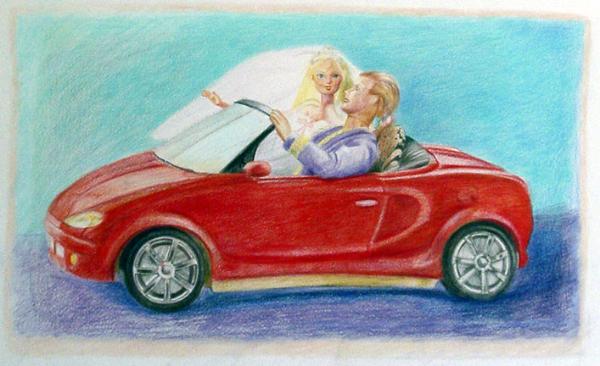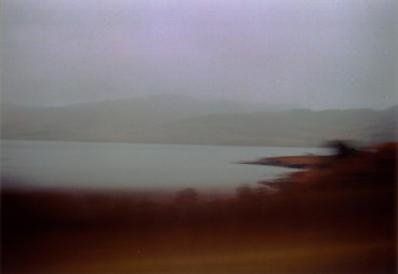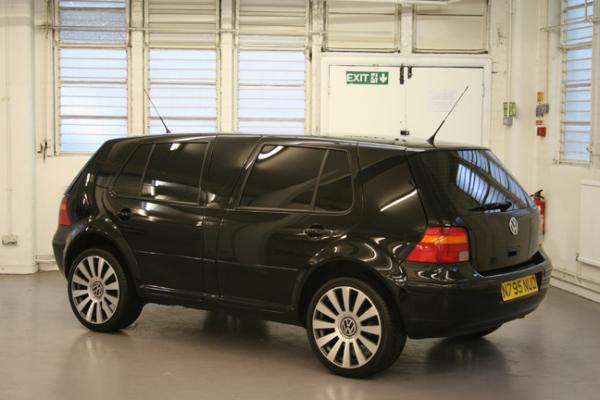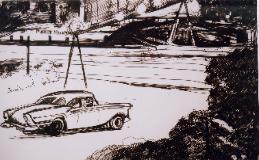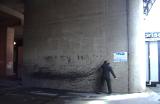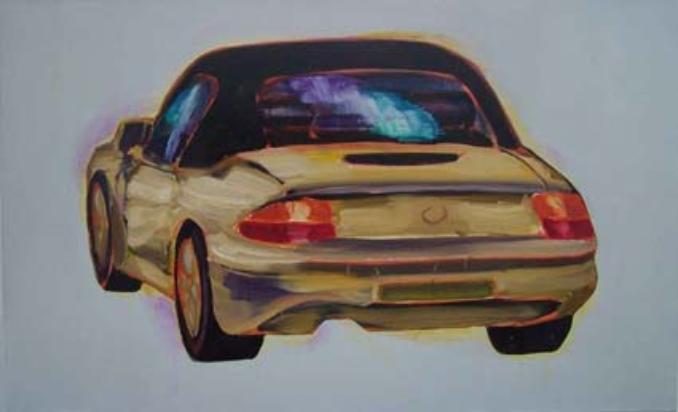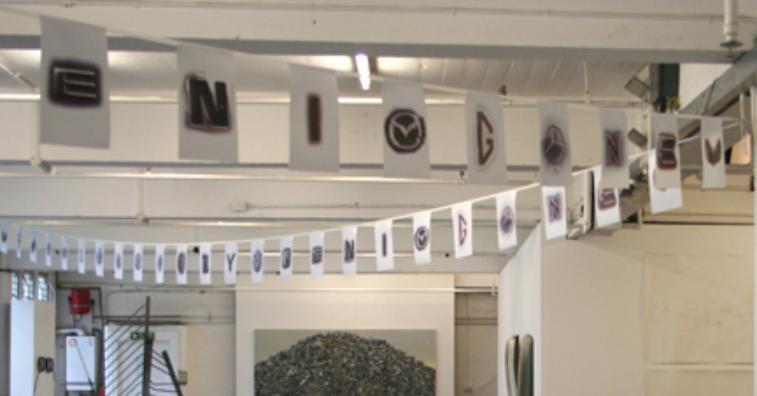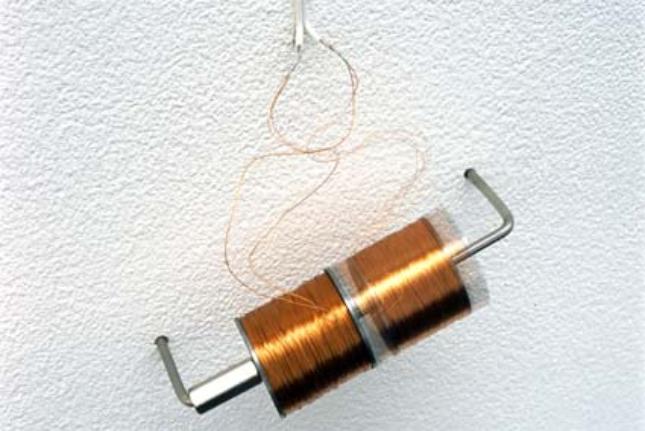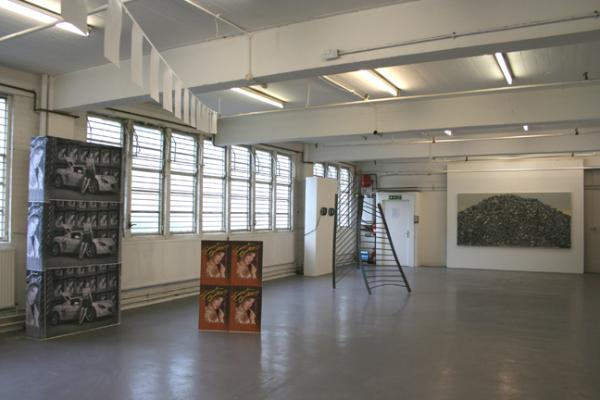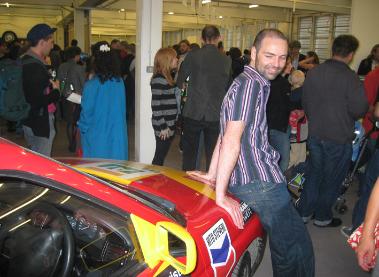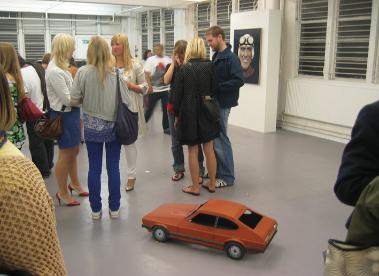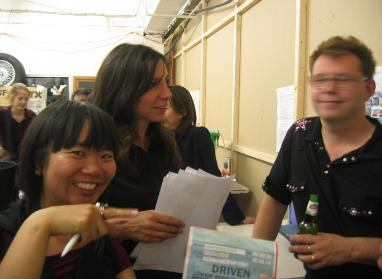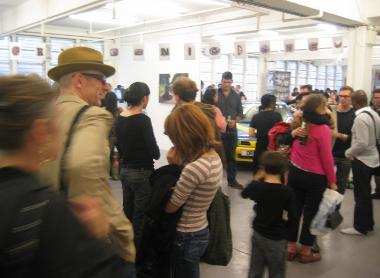HELEN BARFF
Helen Barff’s work is a series of ‘after images’ of a place, space, time or thing. She works with objects – for example a piano, a train, a glass cup, a car or a collection of stones. The objects become anthropomorphic metaphors for some kind of evidence of previous human presence. The basis of the work is drawing. The processes Barff uses come out of the ‘blind’ gap or reliance on memory that she perceives inherit in drawing. She tries to close this gap in drawing by using direct contact, infiltrating vision with touch.
For Driven Barff presents a selection of photographic works made from inside her ‘pinhole camera car’. Alongside this is a series of drawings made inside the blacked out car using touch, in the dark following the contours of the car with one hand and drawing with the other. Barff’s process of covering objects in a layer of felt emphasises the form of the objects. It makes them appear both abstract and weightless. There is a sense of dislocation about the work, implying a movement between present and absent.
